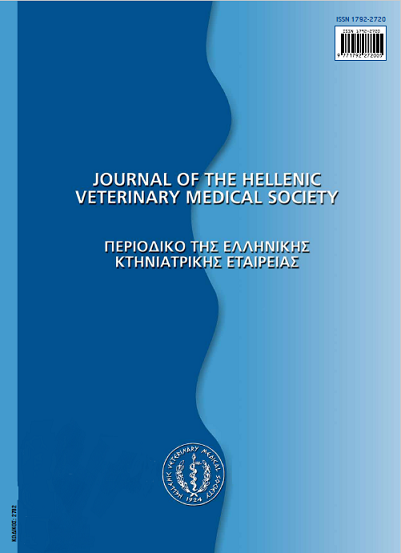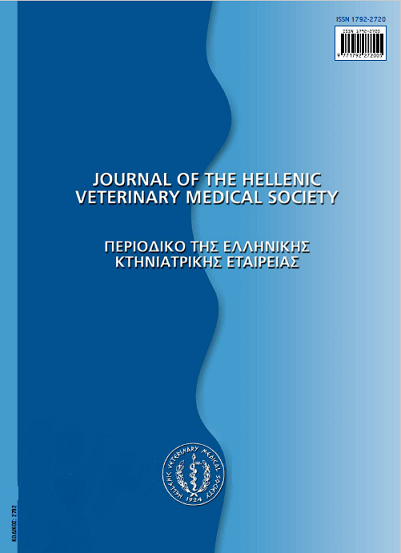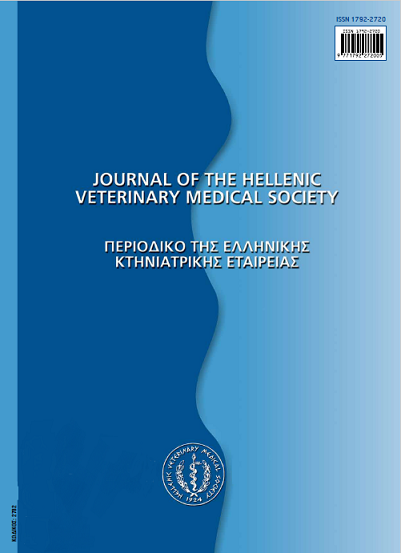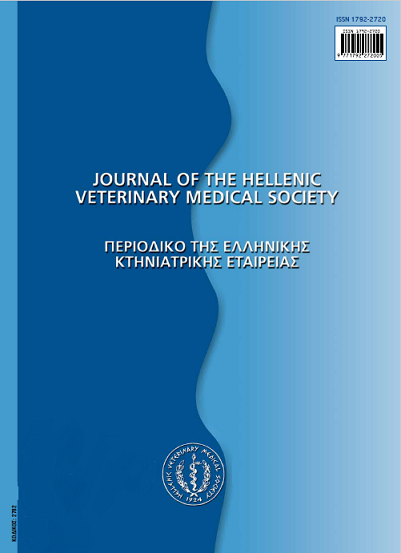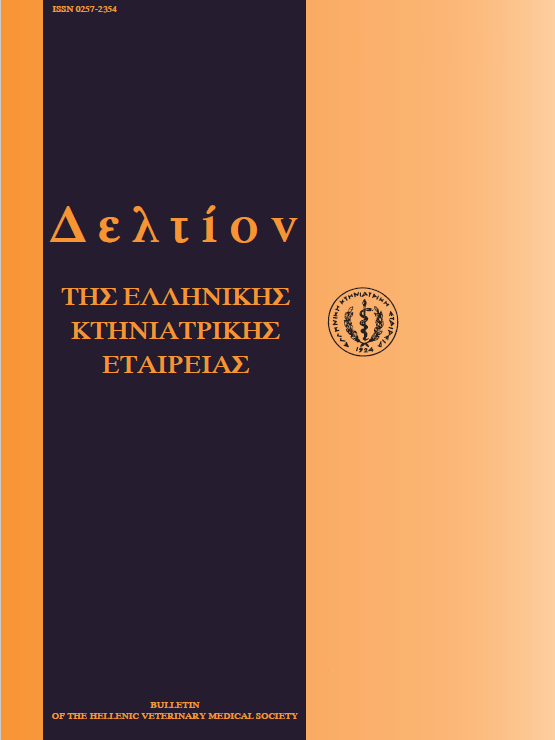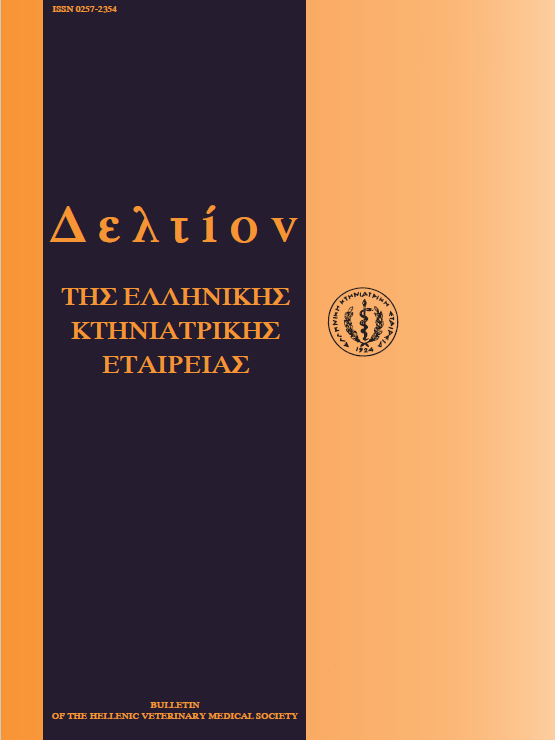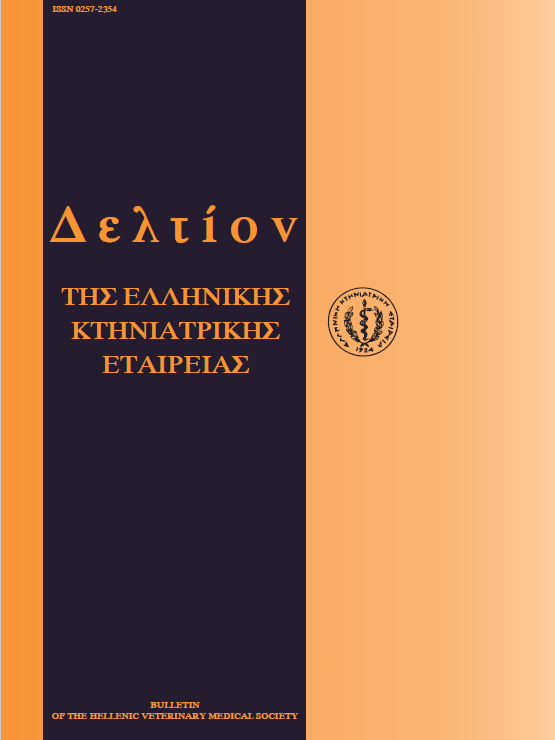Effects of drying-off procedure of ewes’ udder, with intramammary antibiotic administration, in subsequent mammary infection and development of mastitis
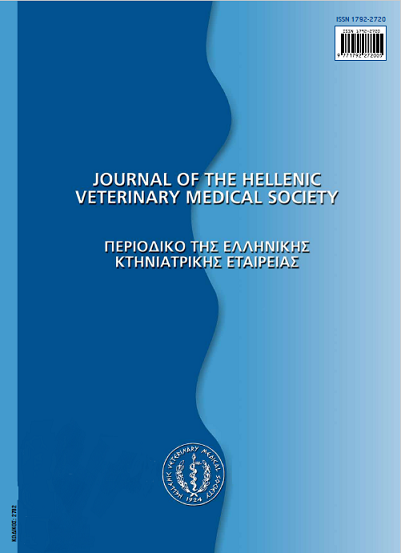
Abstract
Objective of the study was to evaluate effects of the procedure followed for drying-off of ewes’ udder in subsequent mammary infection and development of mastitis, in an experiment, where intramammary antibiotic administration (procaine penicillin and neomycin) was performed into the right mammary gland of animals at end of lactation period. In ewes of group A, drying-off took place progressively during a period of 22 days; in ewes of group B, drying-off took place abruptly. Samples of teat duct material and milk for bacteriological and cytological examination were collected before start of the drying-off procedure and on two occasions after the subsequent lambing. Median time to first teat duct infection postpartum was 2 and 4.5 days (left and right, respectively) for group A and 6.5 and 3.5 days for group B (P > 0.38); median time to first mammary infection post-partum was 4.5 and 7 days (left and right, respectively) for group A and 6.5 and 3.5 days for groupB (P > 0.22). Principal bacterial isolates were coagulase-negative staphylococci. No significant differences were observed between the two groups in post-partum frequency of: teat duct infection (P > 0.17), mammary infection (P > 0.36), subclinical mastitis (P > 0.36), abnormal findings in a mammary gland (P > 0.17). No significant differences were seen between the two groups in post-partum incidence risk of the following outcomes: teat duct infection (P > 0.75), mammary infection (P > 0.42), subclinical mastitis (P > 0.39), abnormal findings in a mammary gland (P > 0.85). No significant differences were evident between the two groups in cure rate of abnormal findings in a mammary gland (P >0.89); a significant difference was evident between left and right mammary glands (P < 0.045). The results support a hypothesis that the procedure for udder drying-off (i.e., progressive or abrupt cessation of lactation) does not appear to affect the risk of subsequent mammary infection and development of mastitis, in cases of intramammary administration of antibiotics at the end of a lactation period. Intramammary administration of antibiotics improved cure rates of mammary abnormalities, independently of the procedure followed for udder drying-off.
Article Details
- How to Cite
-
PETRIDIS (Ι.Γ. ΠΕΤΡΙΔΗΣ) I. G., MAVROGIANNI (Β.Σ. ΜΑΥΡΟΓΙΑΝΝΗ) V. S., GOUGOULIS (Δ.Α. ΓΟΥΓΟΥΛΗΣ) D. A., AMIRIDIS (Γ.Σ. ΑΜΟΙΡΙΔΗΣ) G. S., BROZOS (Χ. ΜΠΡΟΖΟΣ) C., & FTHENAKIS (Γ.Χ. ΦΘΕΝΑΚΗΣ) G. C. (2017). Effects of drying-off procedure of ewes’ udder, with intramammary antibiotic administration, in subsequent mammary infection and development of mastitis. Journal of the Hellenic Veterinary Medical Society, 63(4), 273–282. https://doi.org/10.12681/jhvms.15441
- Issue
- Vol. 63 No. 4 (2012)
- Section
- Research Articles
Authors who publish with this journal agree to the following terms:
· Authors retain copyright and grant the journal right of first publication with the work simultaneously licensed under a Creative Commons Attribution Non-Commercial License that allows others to share the work with an acknowledgement of the work's authorship and initial publication in this journal.
· Authors are able to enter into separate, additional contractual arrangements for the non-exclusive distribution of the journal's published version of the work (e.g. post it to an institutional repository or publish it in a book), with an acknowledgement of its initial publication in this journal.
· Authors are permitted and encouraged to post their work online (preferably in institutional repositories or on their website) prior to and during the submission process, as it can lead to productive exchanges, as well as earlier and greater citation of published work.



